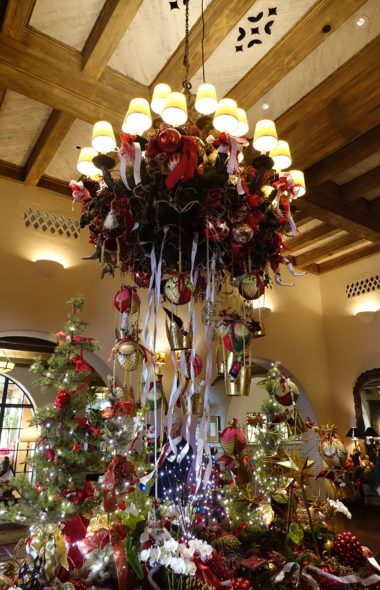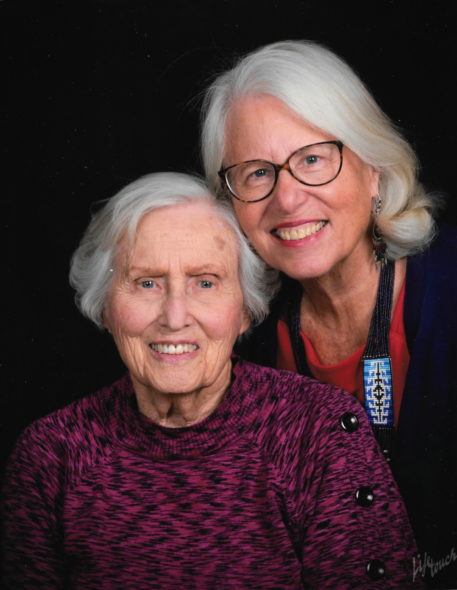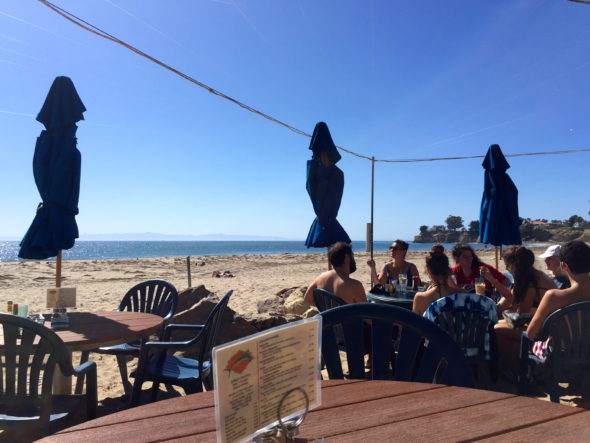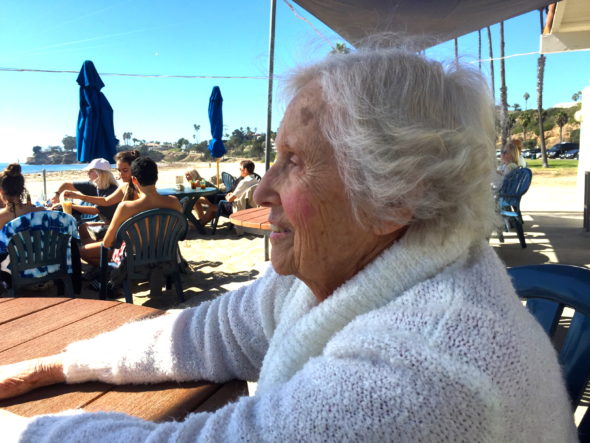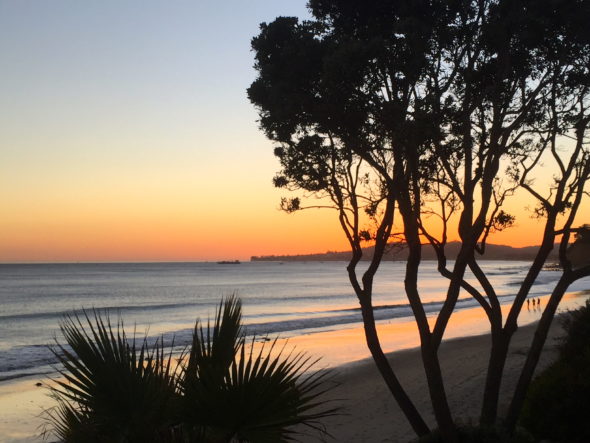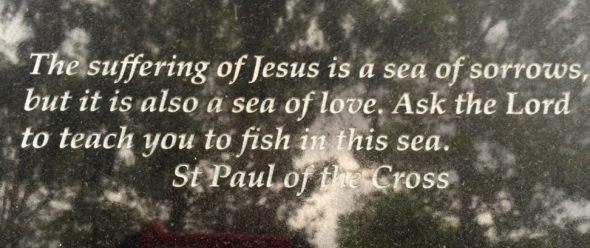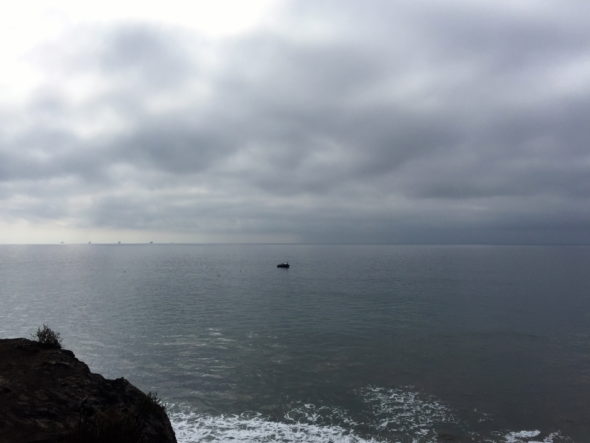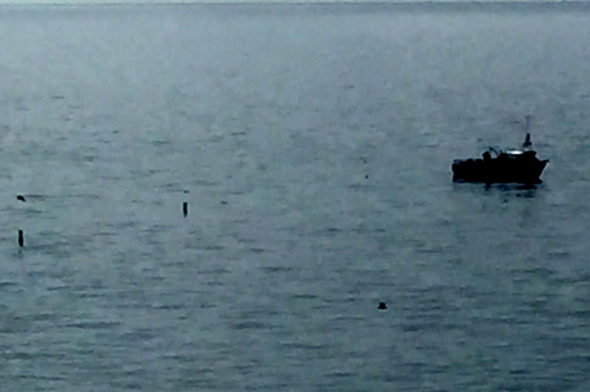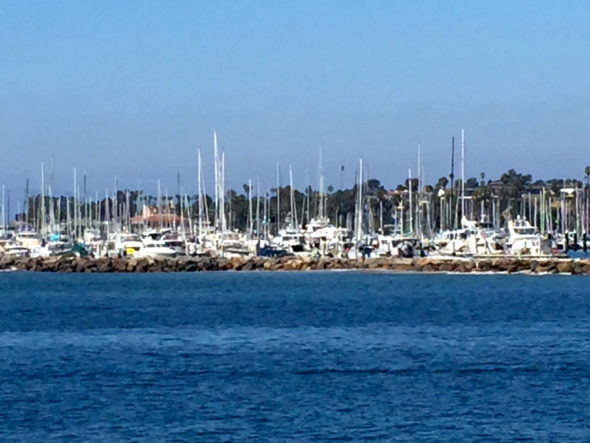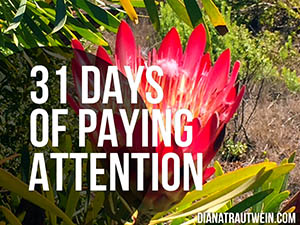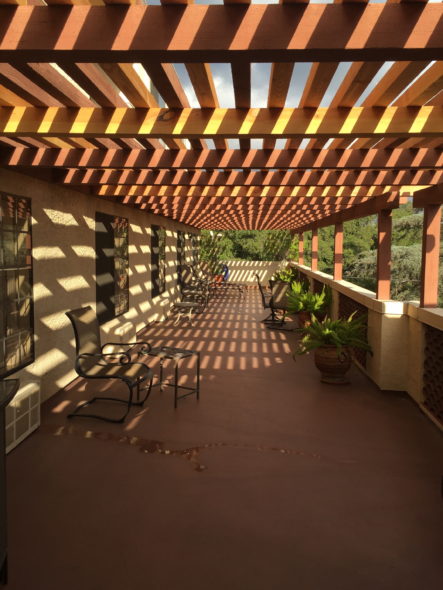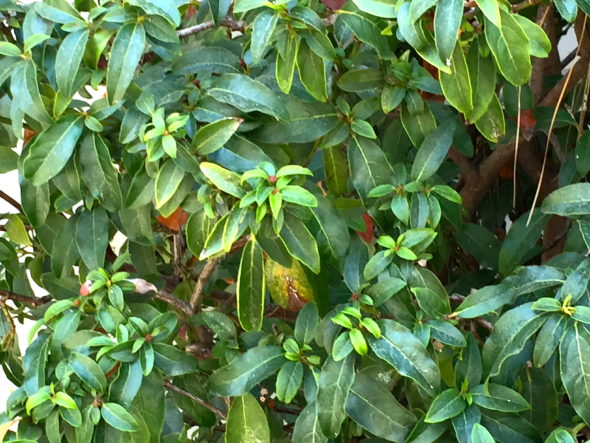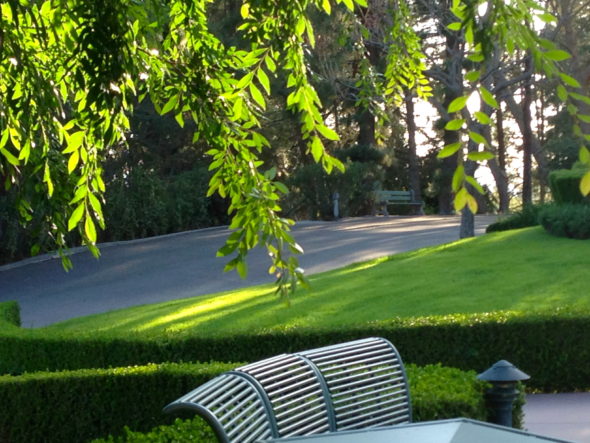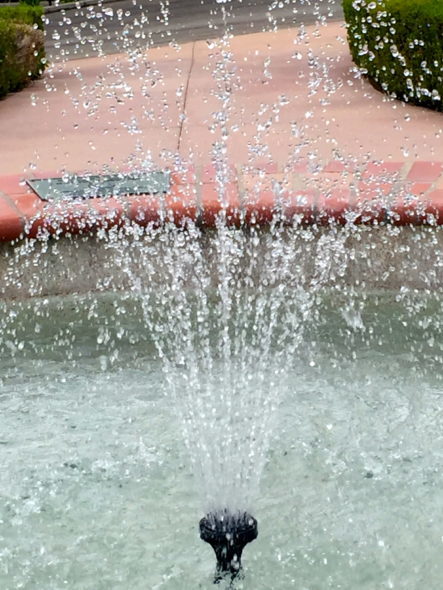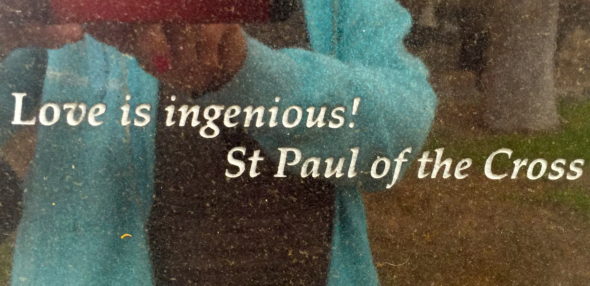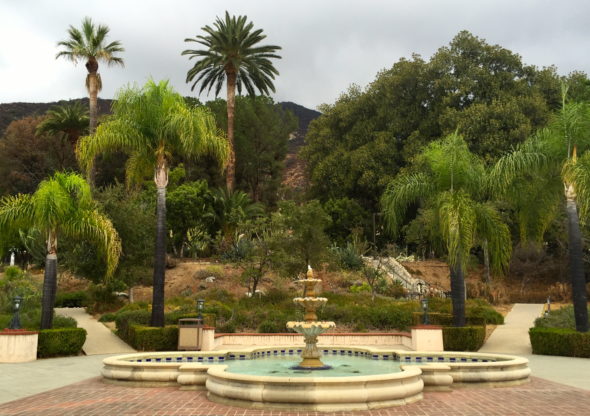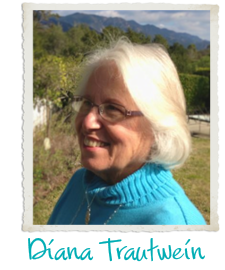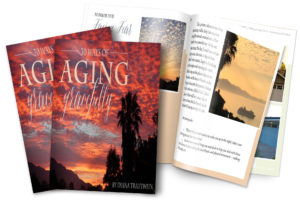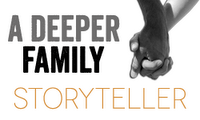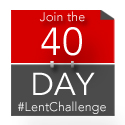Psalm 124
Genesis 8:1-19
Romans 6:1-11
For a whole lotta years, I collected Noah’s Ark memorabilia. Friends and family gave me a wild variety of artifacts and collectibles: wall hangings, stitcheries, figurines, greeting cards, even an adorable waste basket. And all of it decorated my offices at both of the churches where I served on the pastoral staff.
And then one week, I drew the straw to preach on that text in Genesis — and I was overwhelmed by the terror of it all. All of my cute things no longer seemed quite so cute. Yes, I kept a few, and use them now in my home office. I had too many sentimental attachments for me to divest fully. But these days, I don’t feel the same way about that story at all. This is not really a story for children, is it? It is a story about the horrors of sin and the darkness of evil, when human beings make choice after choice to invite that evil into their hearts and then live out of darkness rather than light. And it’s about God’s exhaustion with all of us, about God’s disappointment with his creatures.
Ouch.
Thankfully, it is also a story of redemption, rebirth, and promises kept. It is also a story about God’s bow in the sky. It is also a precursor for the ultimate story of redemption that our season of Advent marks out for us. It serves as a pointer to Jesus, a reminder from pre-historic times that God seeks us out, that God welcomes us to begin again, that God wishes for us to flourish.
That’s the part we need to tell our children, right?
